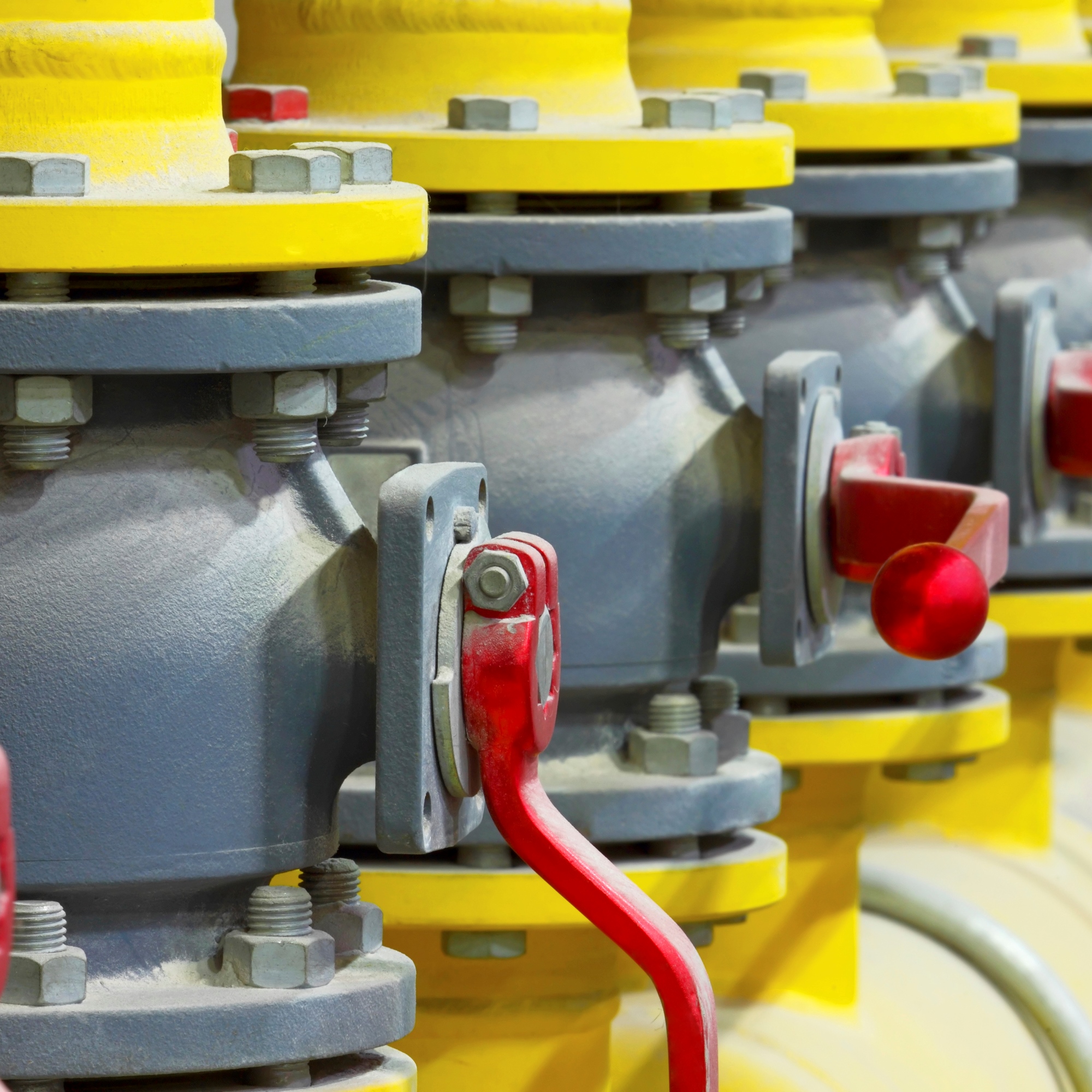
As of Wednesday’s closing bell, shares of Chesapeake Energy Corp. (NYSE: CHK) were up nearly 42% in the past month. The stock rose about 9% more Thursday morning and traded up more than 11% in the noon hour.
A lot of the gain over the past 30 days is the result of positive reactions to the company’s efforts to get its balance sheet back in order. By the end of the second quarter, Chesapeake had lowered its debt balance to $8.7 billion and divested nearly $1 billion in assets. The company’s CEO preached the company’s gospel:
Financial discipline remains our top priority, and we continue to work toward additional solutions to improve our liquidity, reduce our midstream commitments and enhance our margins. With continued improvements in our operating expenses and the disposition of non-core properties, we have refined our portfolio to provide a more competitive foundation for Chesapeake. … [W]e have increased our total production guidance for the remainder of the year. As for an initial look into 2017, we believe our oil production will be relatively flat in 2017 as compared to 2016, while total production volumes are projected to be down approximately 5% compared to 2016 levels.
In a presentation at a Barclays conference Thursday morning, Chesapeake noted that capex has dropped from $14.7 billion in 2012 to an estimated $1.3 billion to $1.8 billion this year, while production has remained reasonably flat: 648,000 barrels of oil equivalent per day in 2012 compared with an estimated 618,000 to 638,000 this year. Cash costs per barrel are nearly half over the same period, dropping from $7.80 to $4.10. Lease operating expenses have tumbled from $2.28 per barrel to just $0.80.
Strategic targets for 2020 include annual production growth of 5% to 15%, $2 billion to $3 billion in debt retirement through asset divestitures and a 2x net debt to EBITDA ratio.
In mid-August, when Chesapeake shed the last of its Barnett Shale properties and agreed to pay the Williams Companies Inc. (NYSE: WMB) $400 million to get out from under a volumetric contract, shares jumped until the company announced an increase in its five-year term loan borrowing maximum from $1.o billion to $1.5 billion. But the company now expects to realize an increase of $200 million to $300 million annually in its operating income through 2019 and a $715 million reduction in total gathering, processing and transportation costs through 2017.
The recent hikes in both crude oil and natural gas prices are raising investors’ hopes that Chesapeake’s financial discipline, low-cost production and vast remaining acreage will result in a trifecta-like payoff. It’s hard to argue that the company hasn’t done all it could. Now it just needs a little help from prices.
Shares traded up 7.7% Thursday, at $7.34 in a 52-week range of $1.50 to $9.55. The consensus 12-month price target is $5.37.
Here’s the link to Chesapeake’s presentation at the Barclays conference.
Find a Qualified Financial Advisor (Sponsor)
Finding a qualified financial advisor doesn’t have to be hard. SmartAsset’s free tool matches you with up to 3 fiduciary financial advisors in your area in 5 minutes. Each advisor has been vetted by SmartAsset and is held to a fiduciary standard to act in your best interests. If you’re ready to be matched with local advisors that can help you achieve your financial goals, get started now.
Thank you for reading! Have some feedback for us?
Contact the 24/7 Wall St. editorial team.



